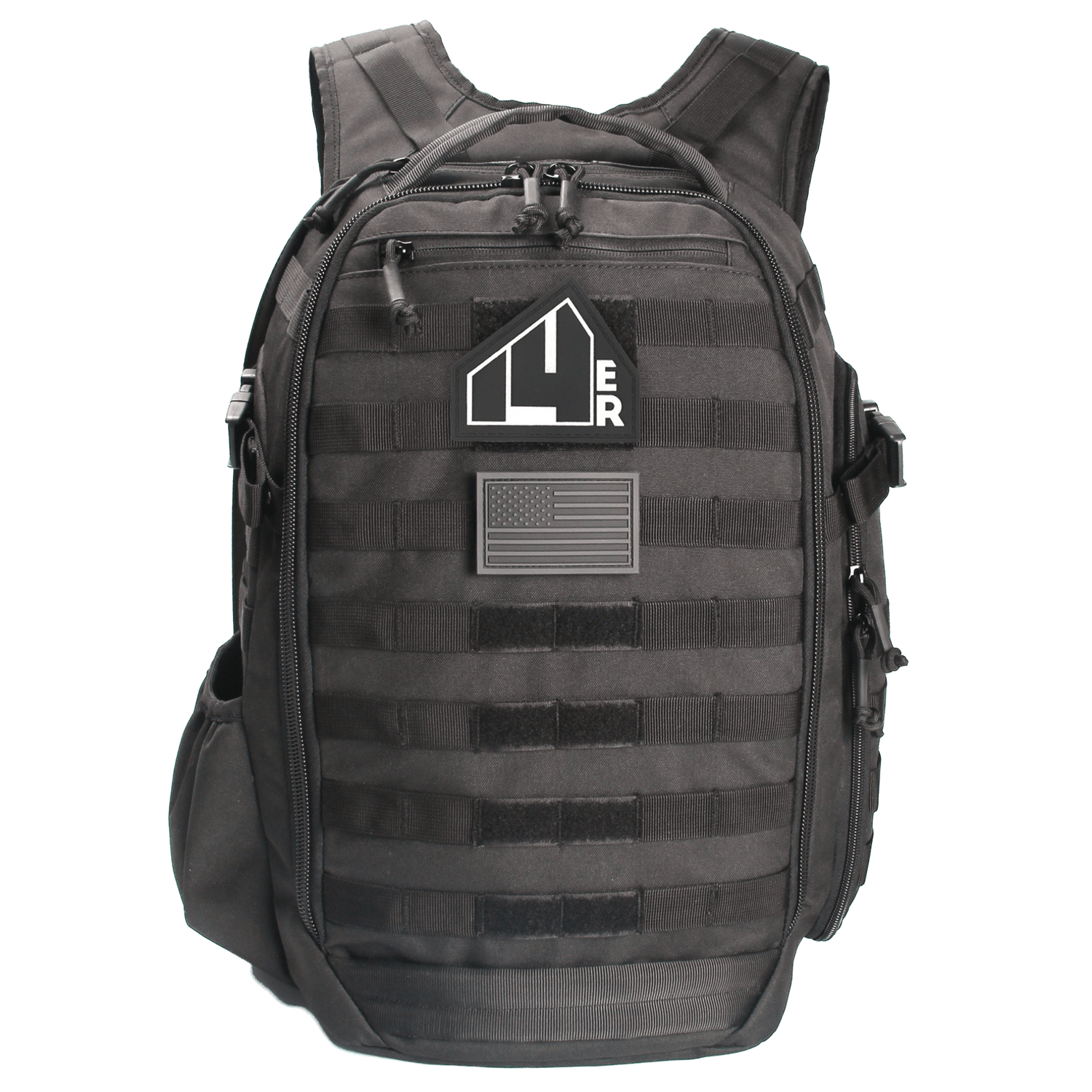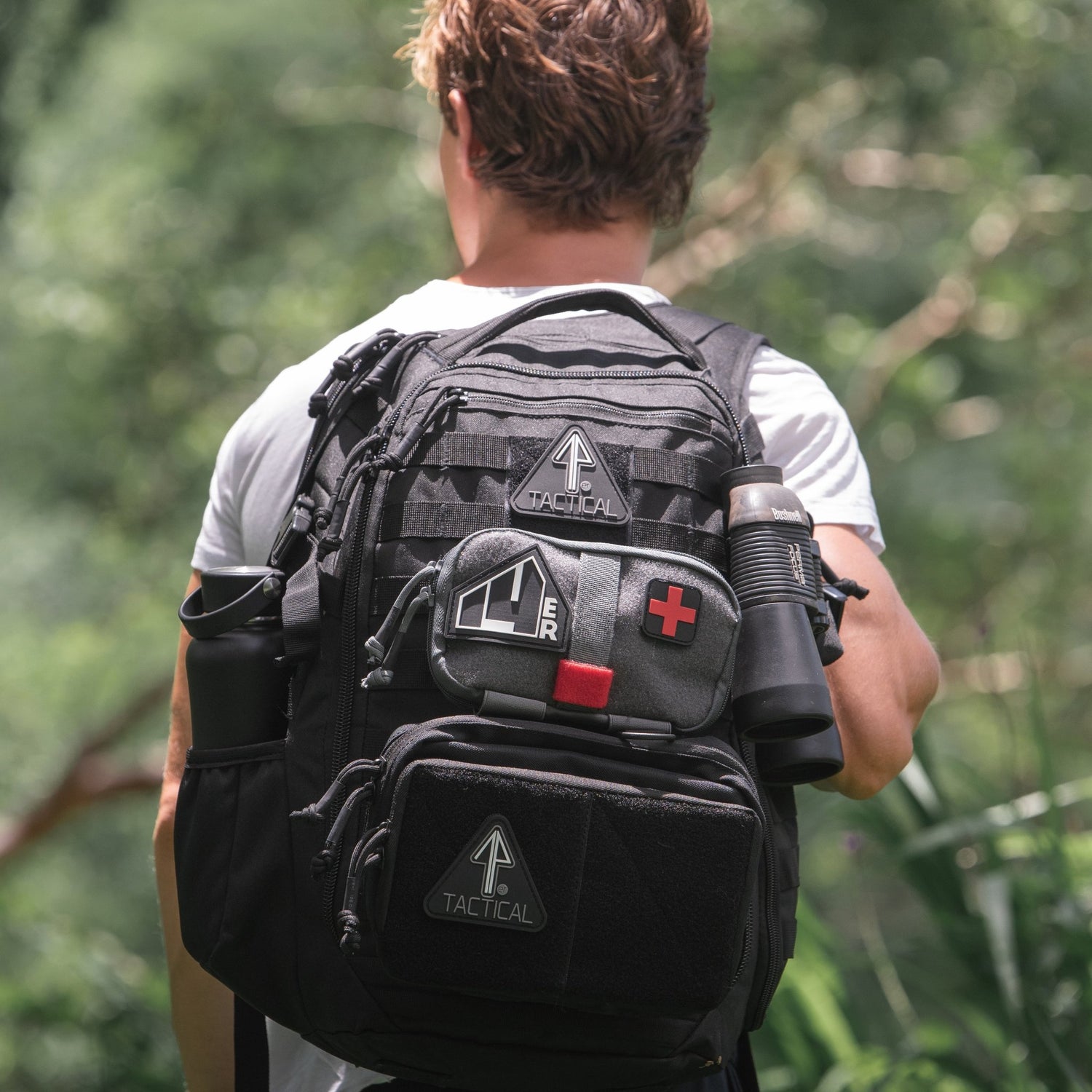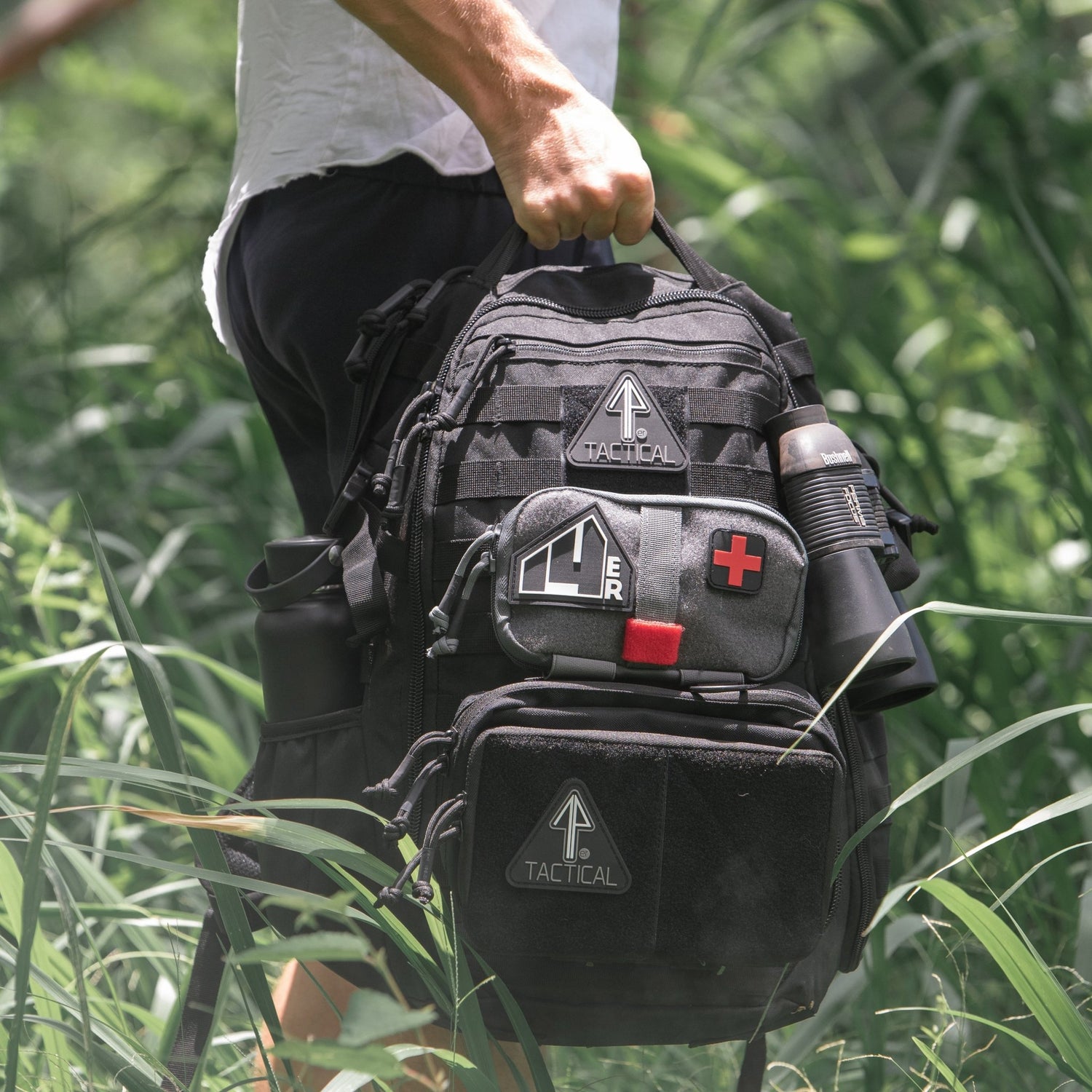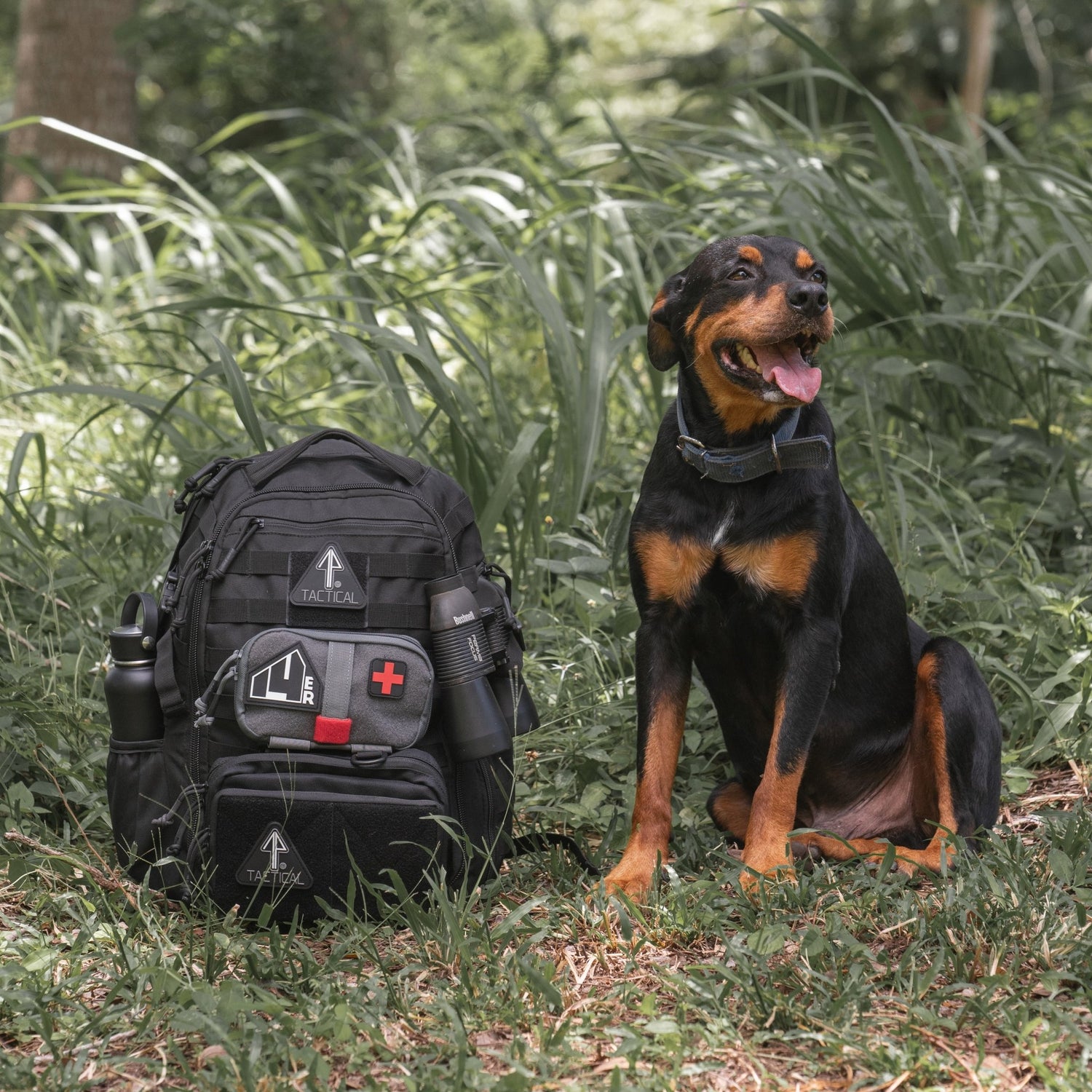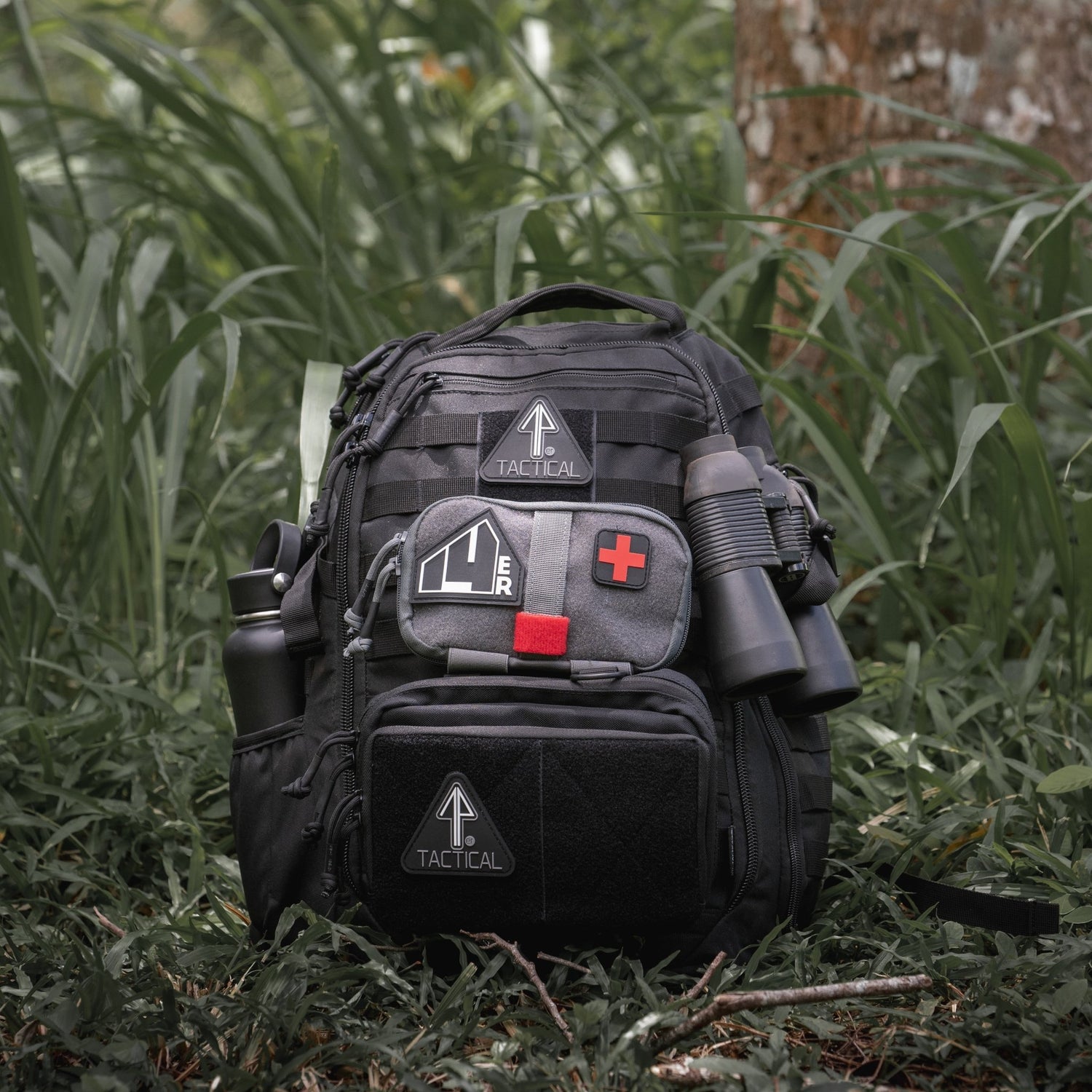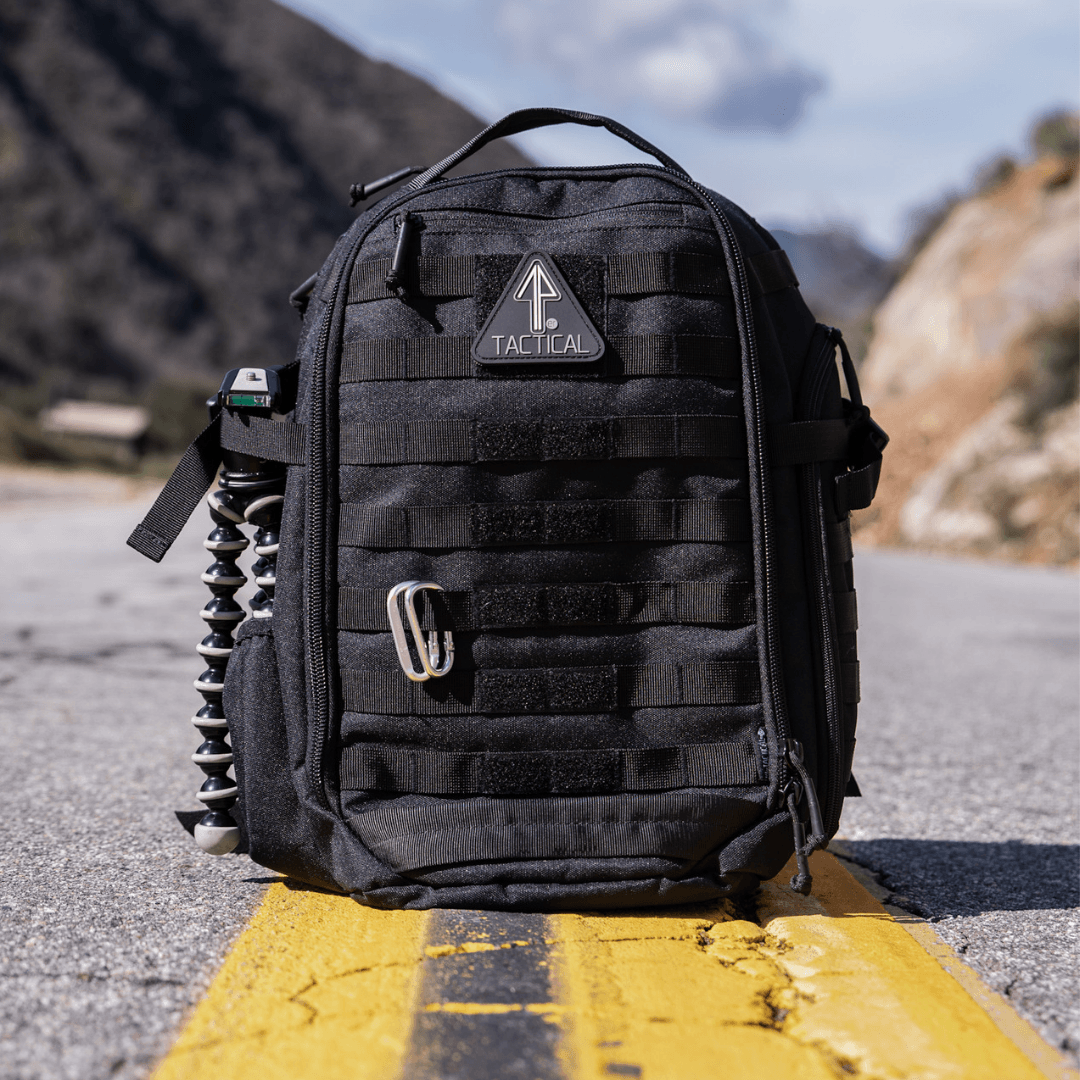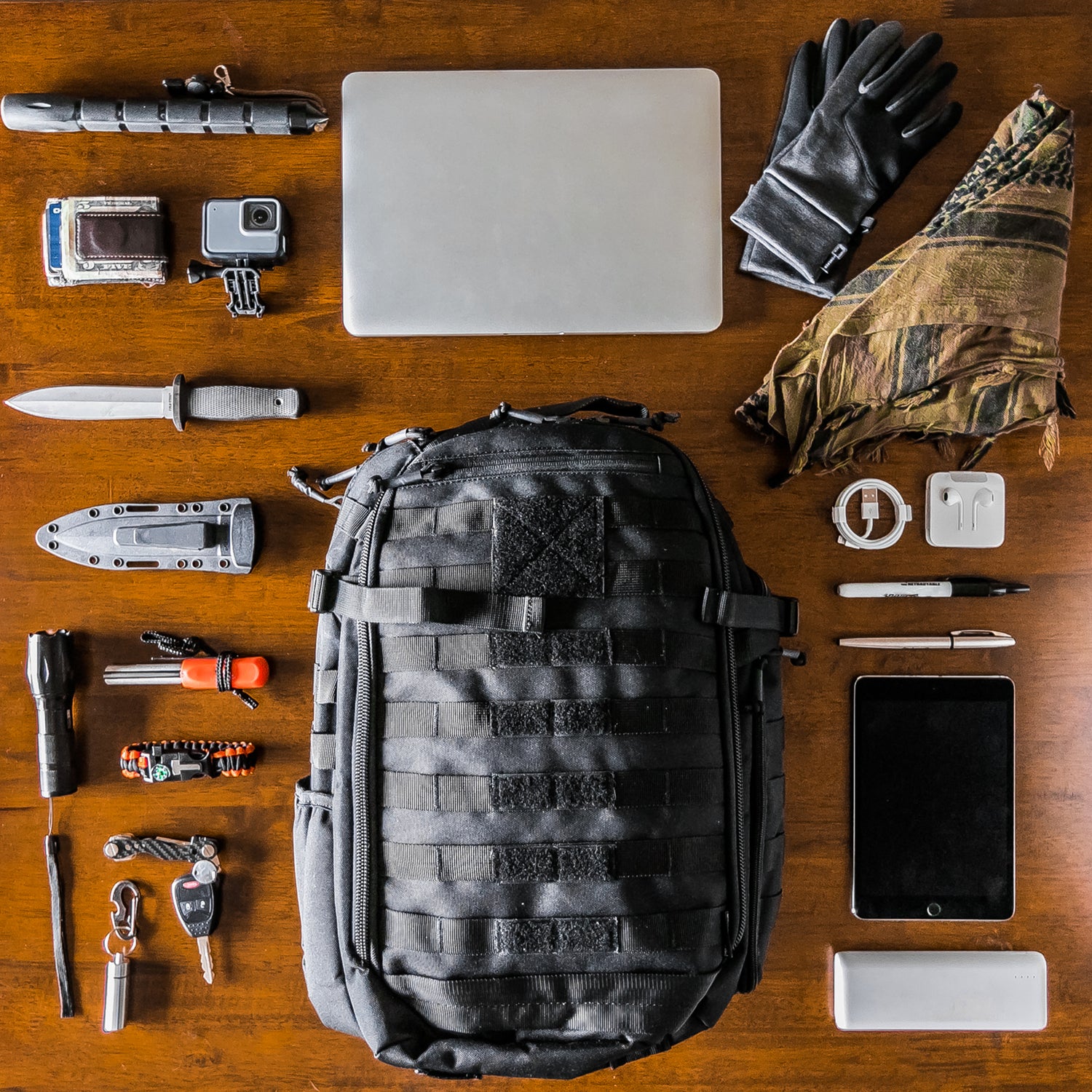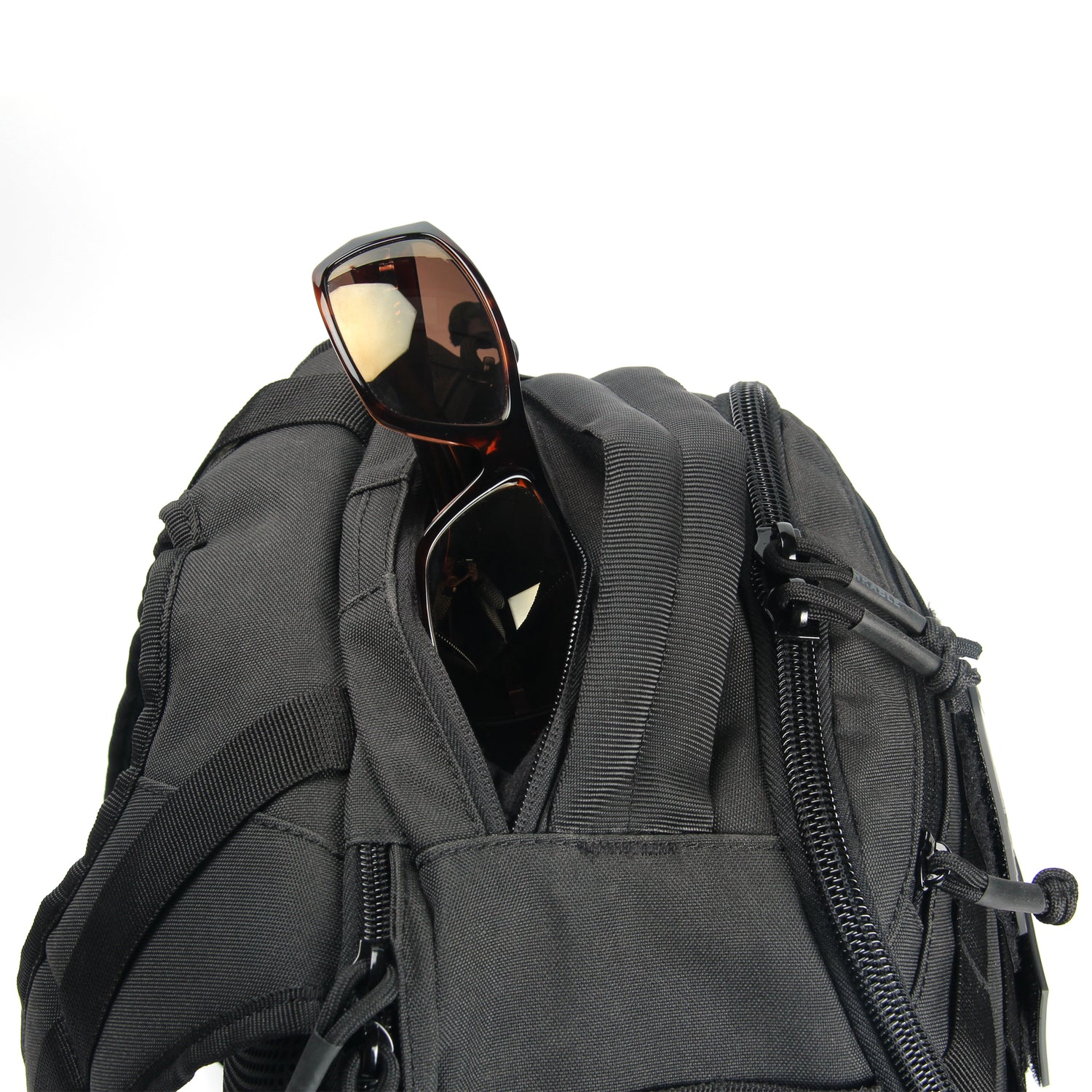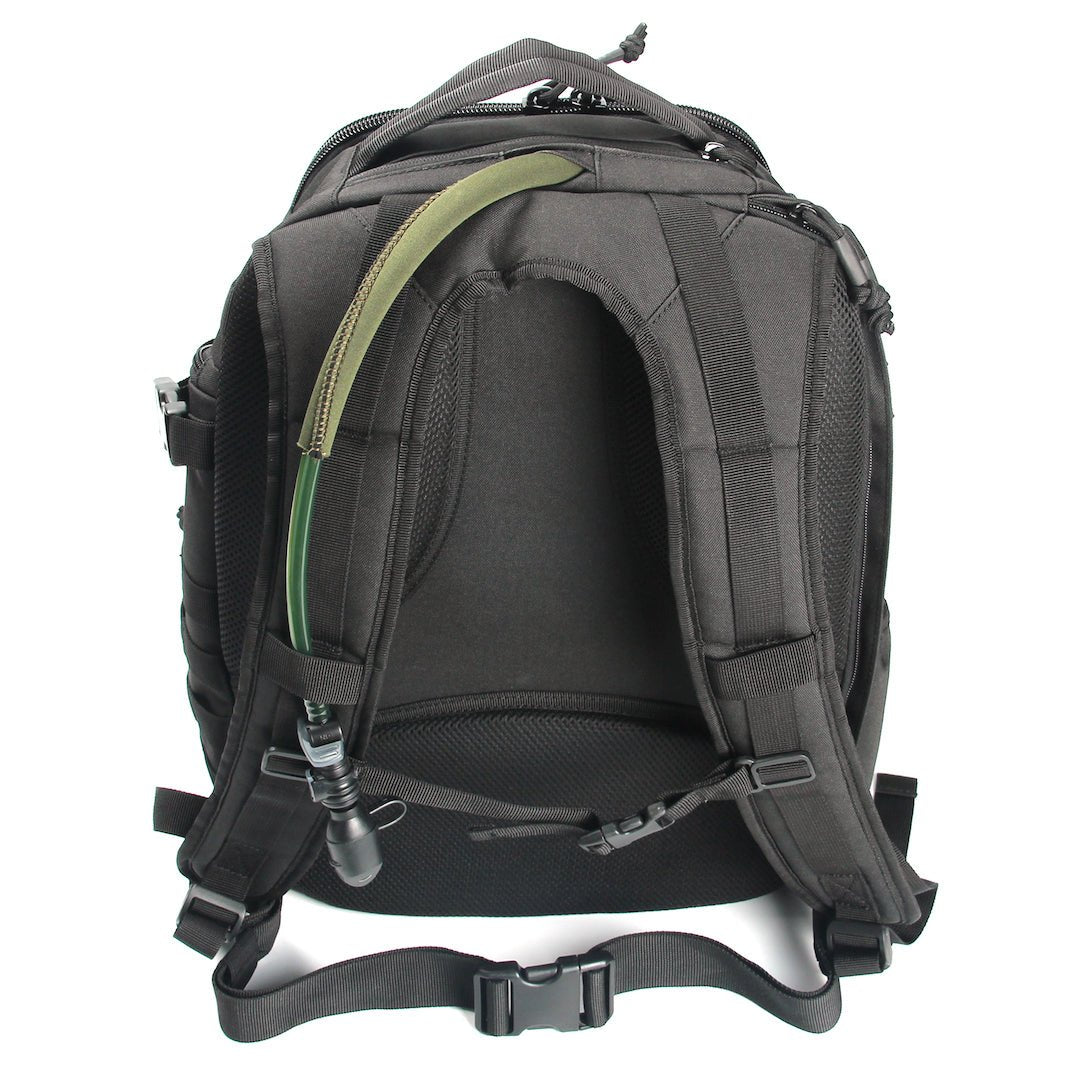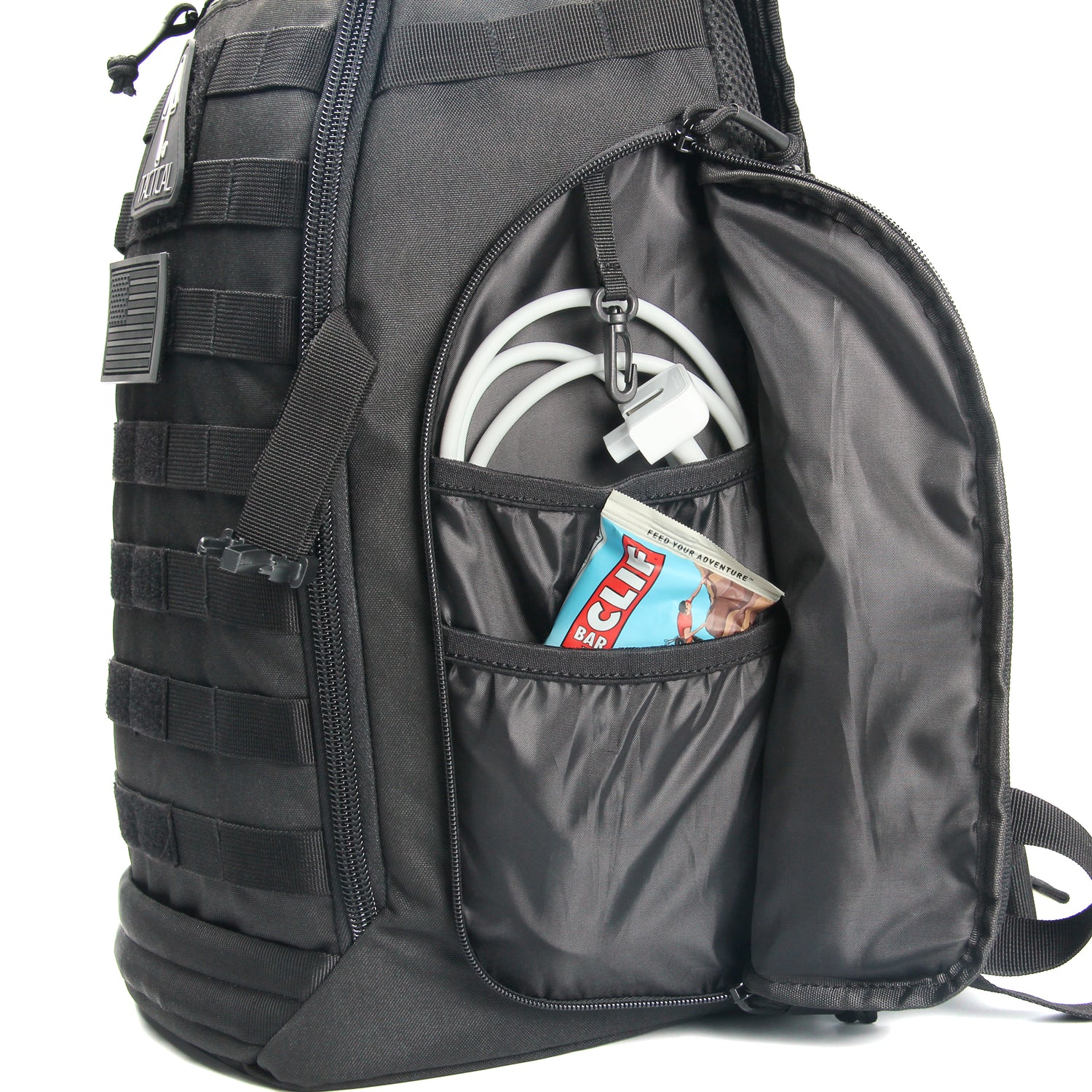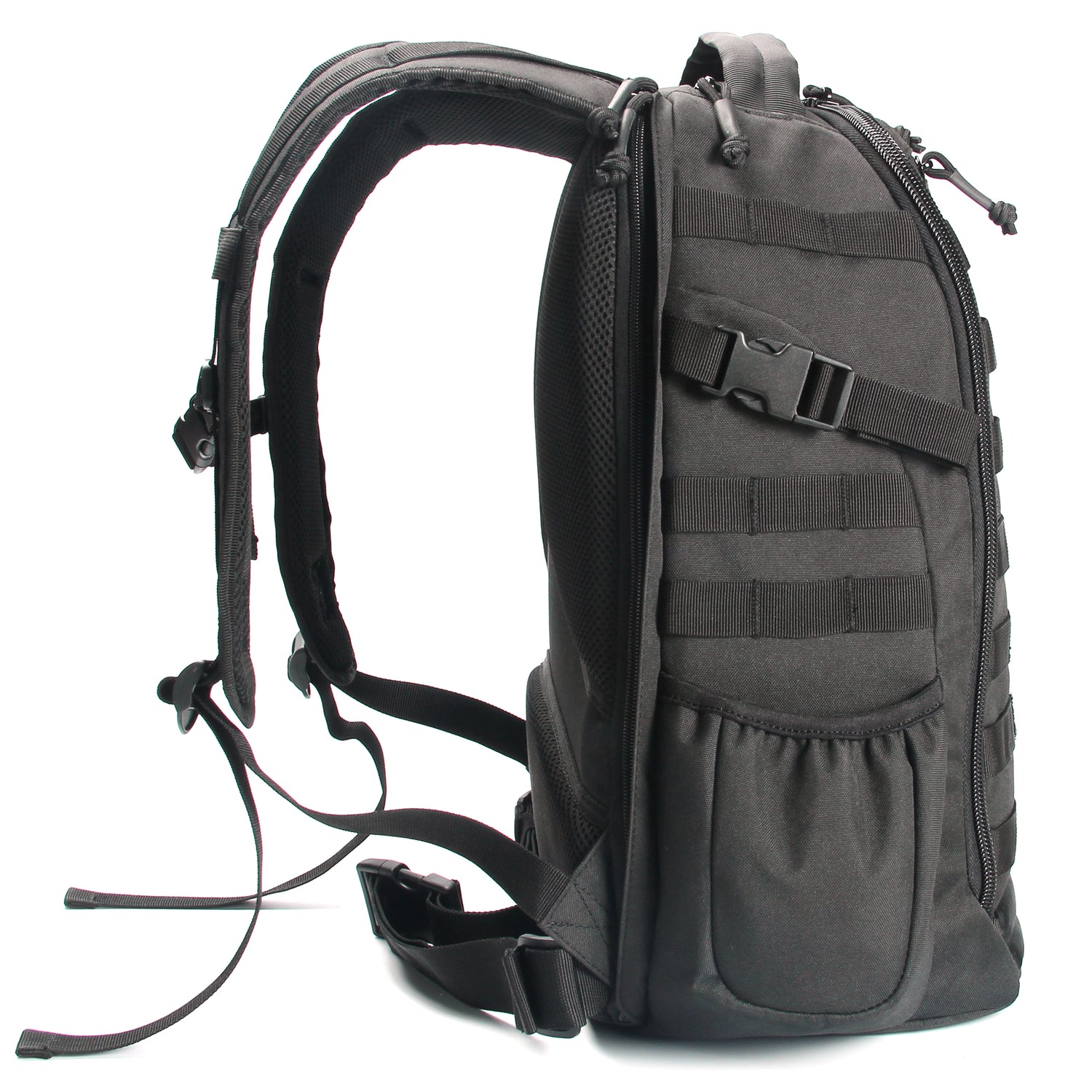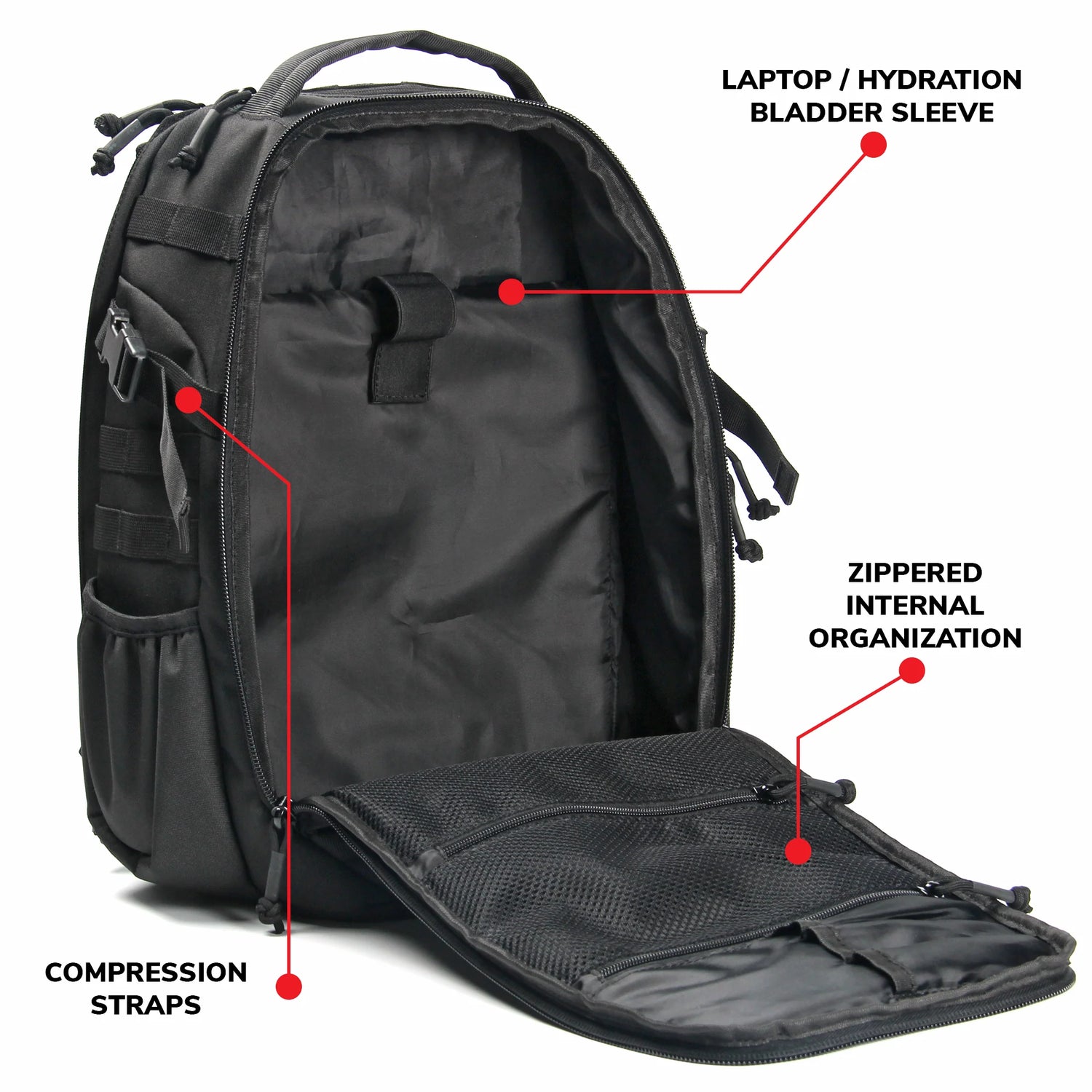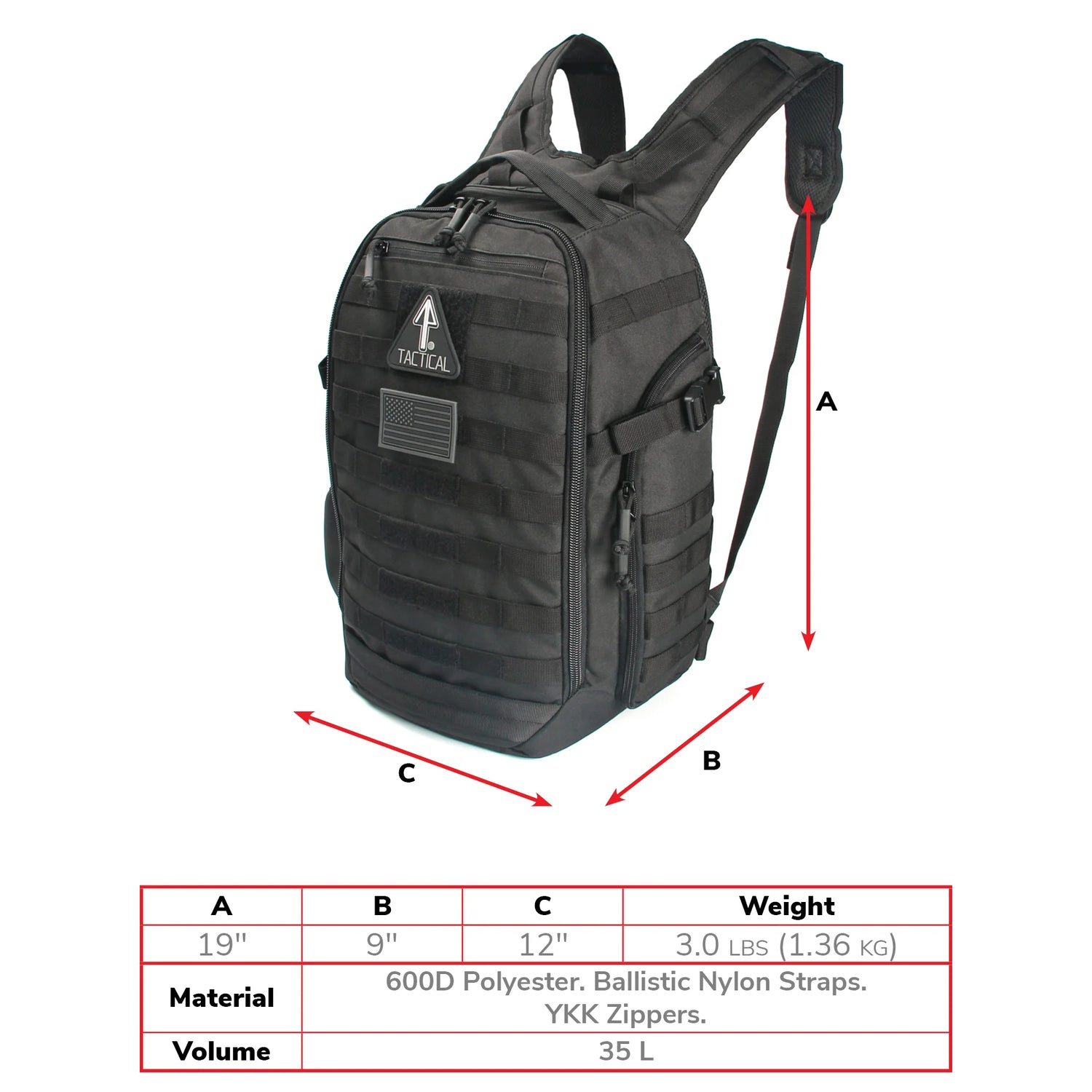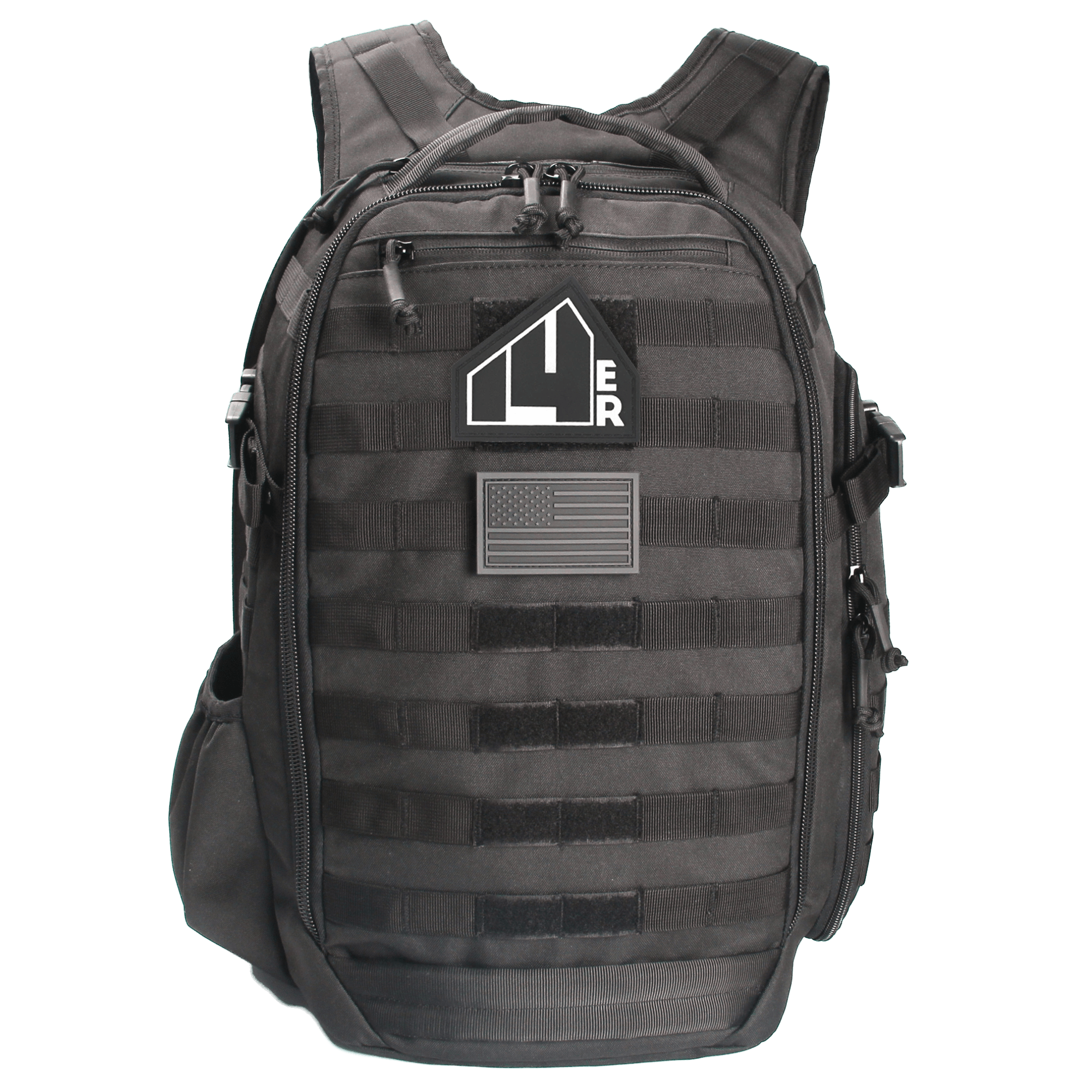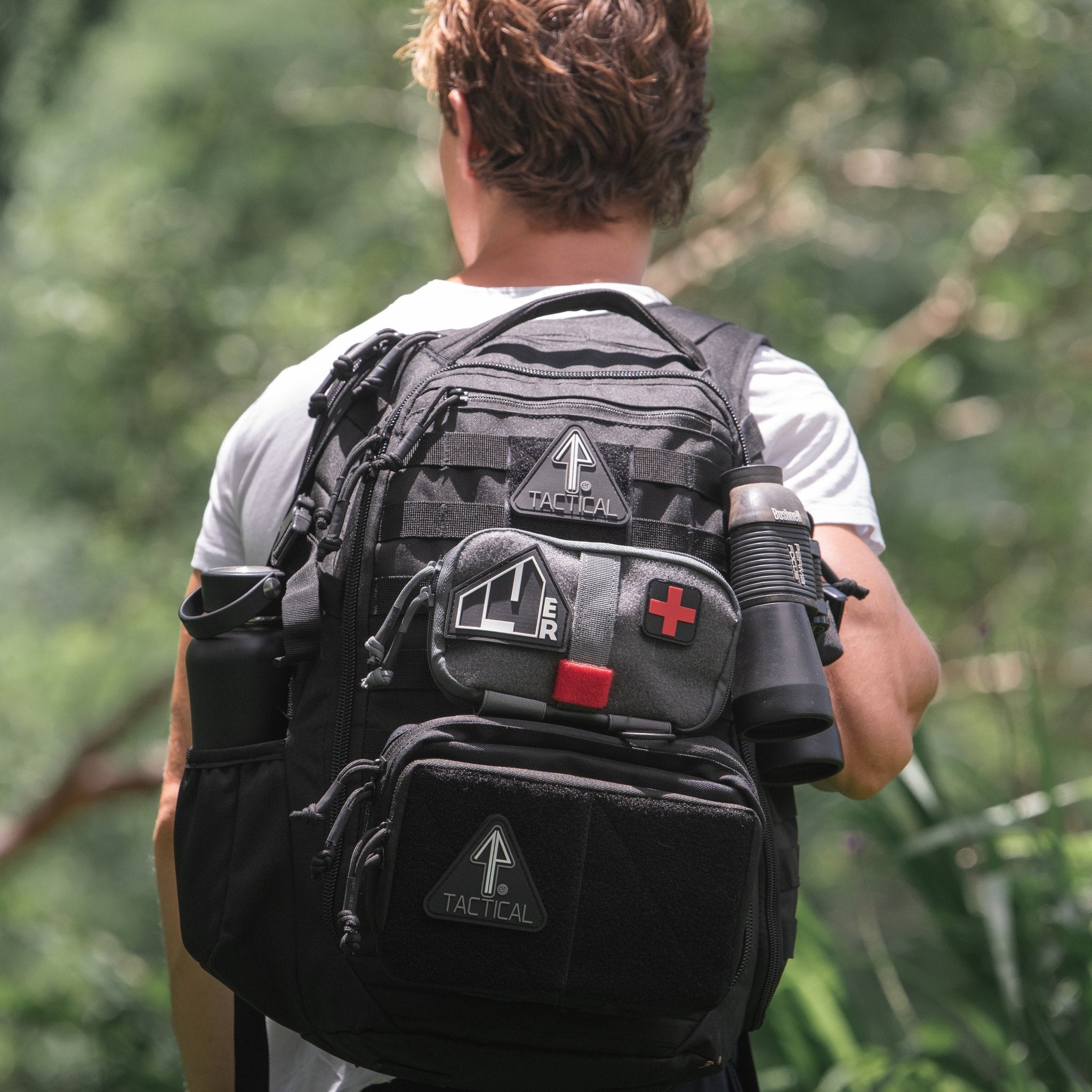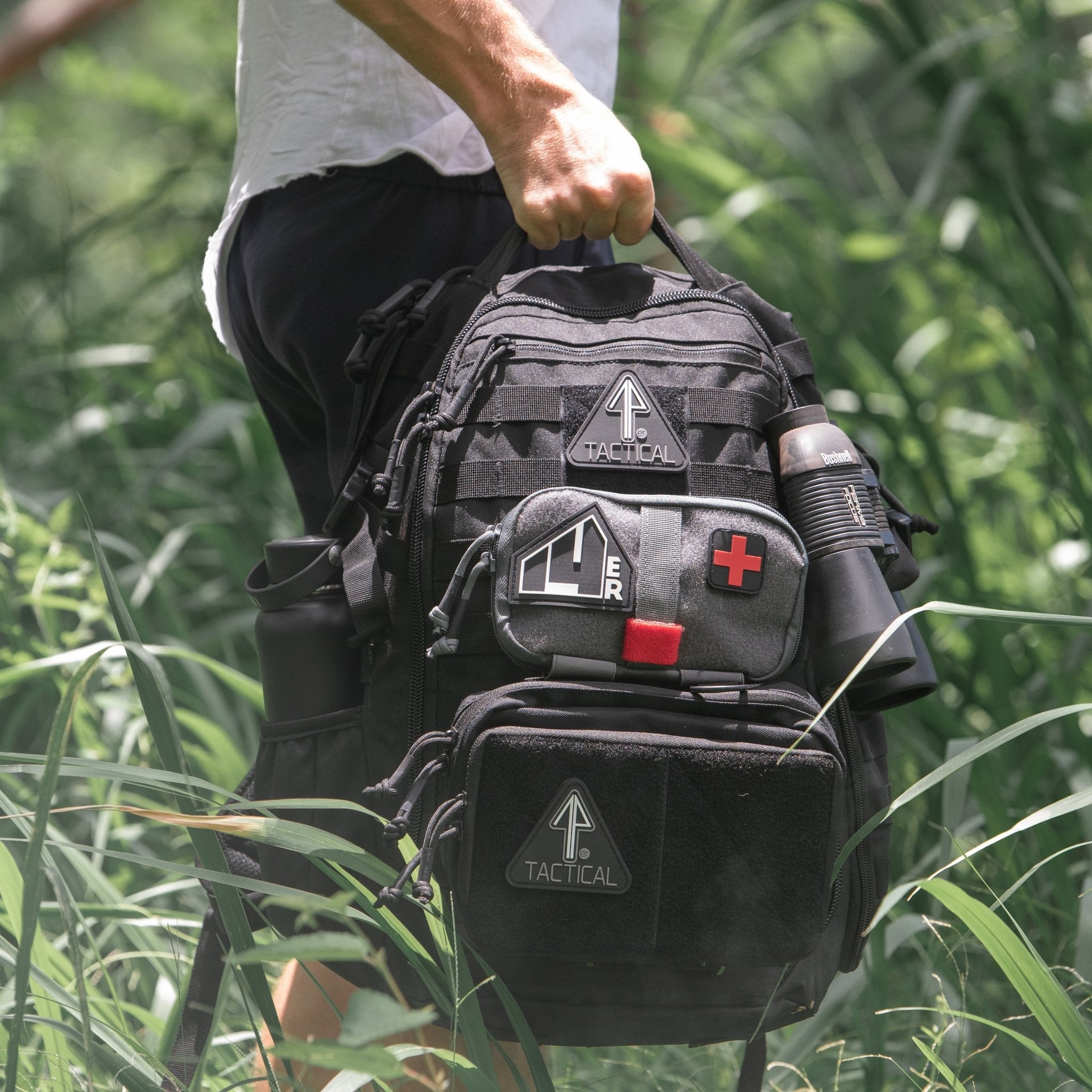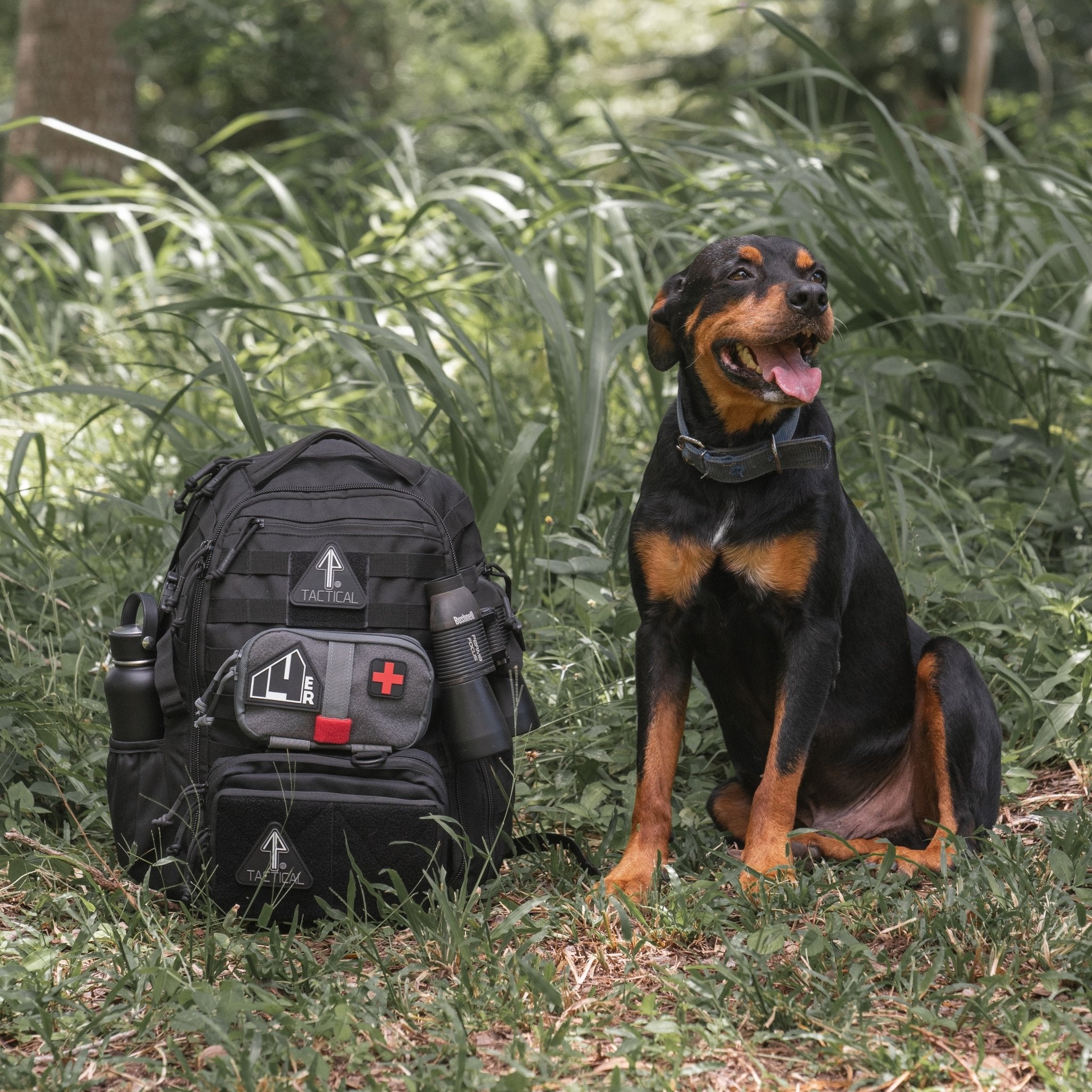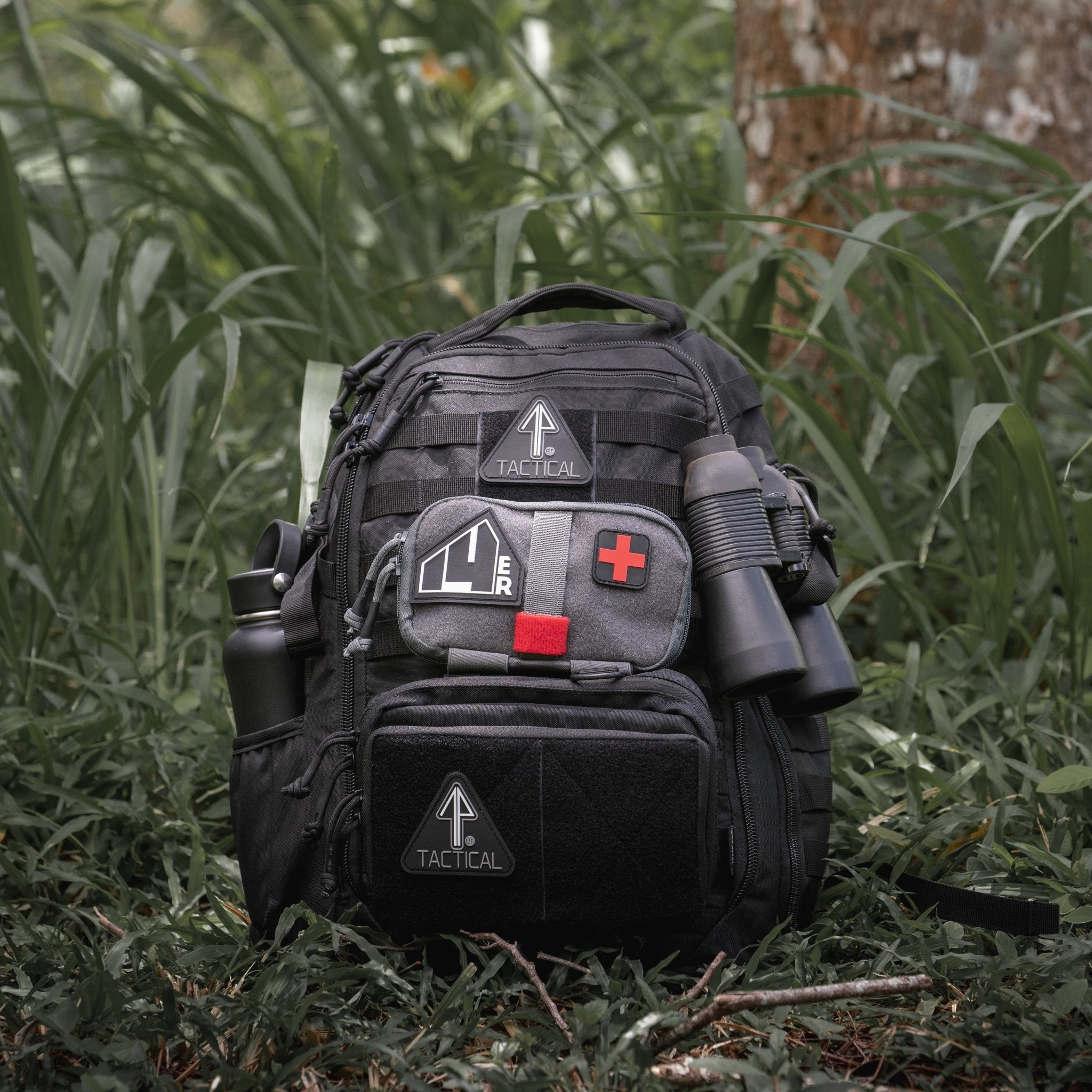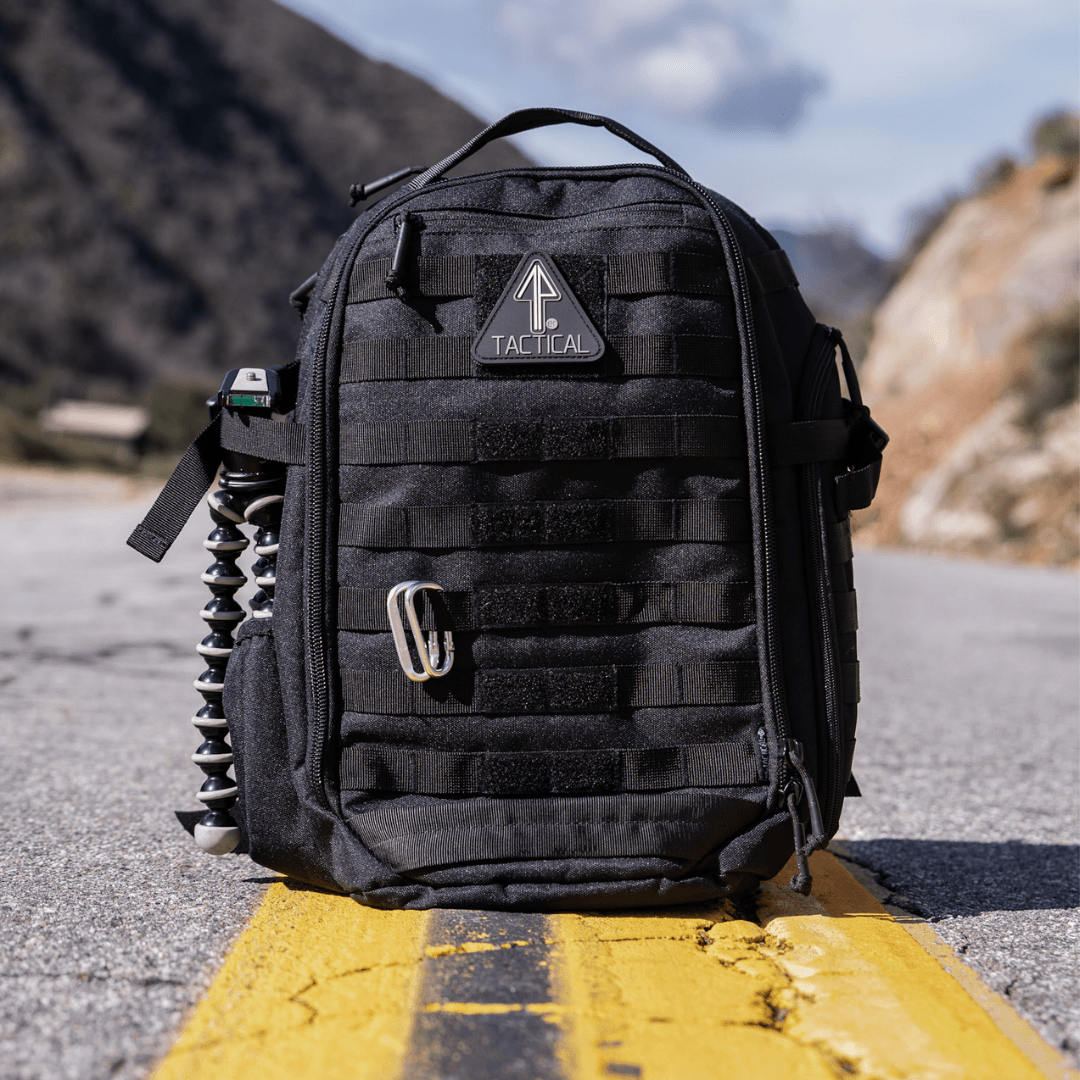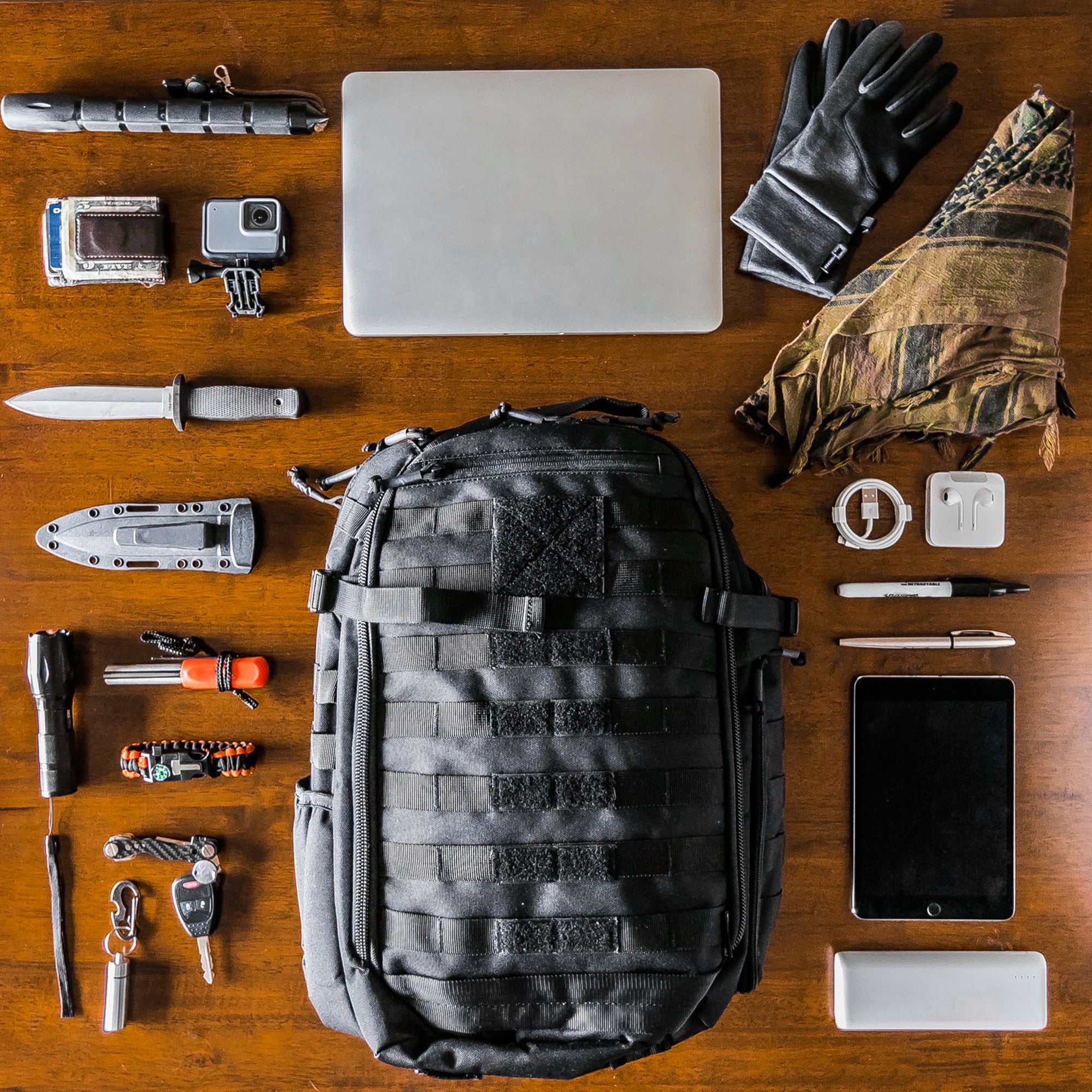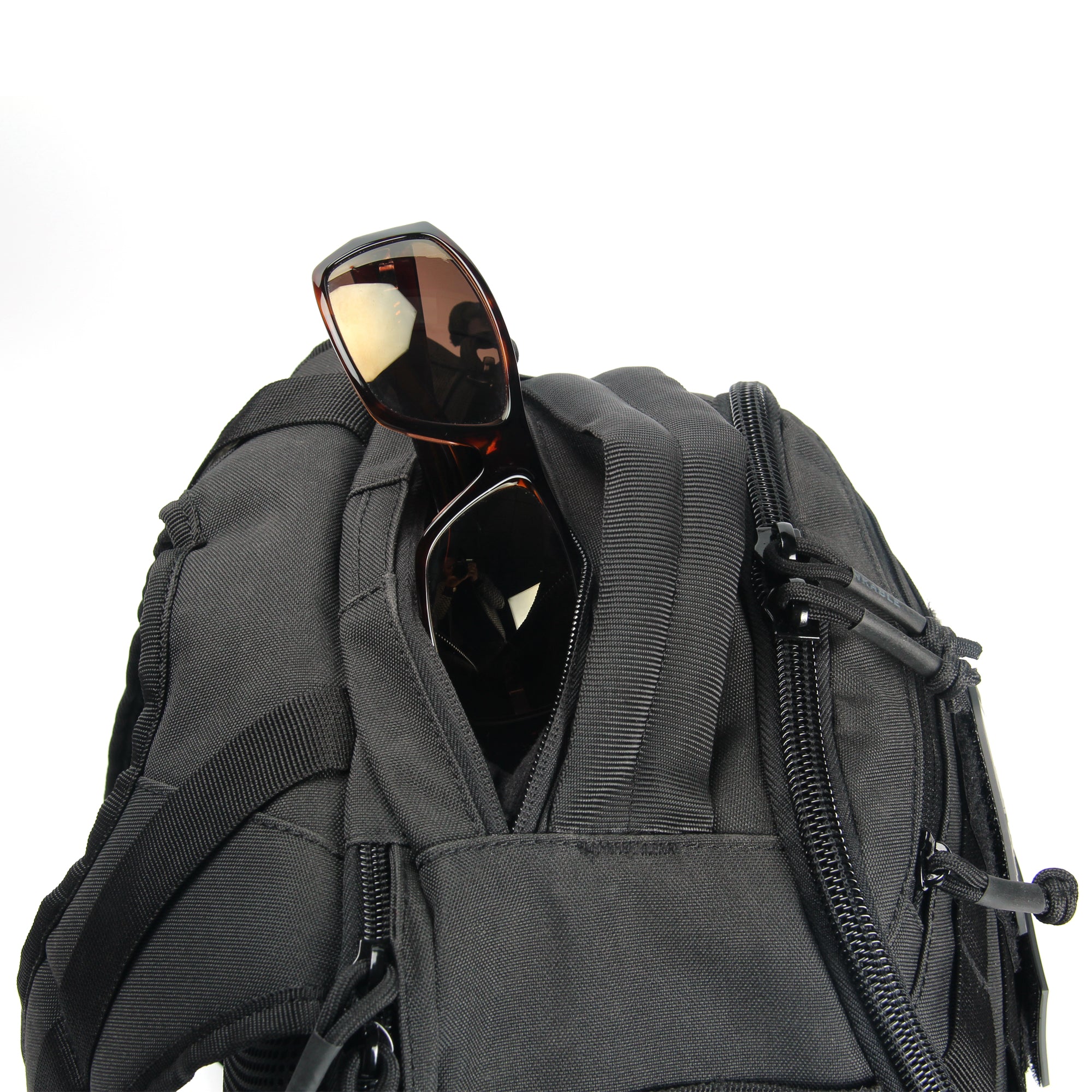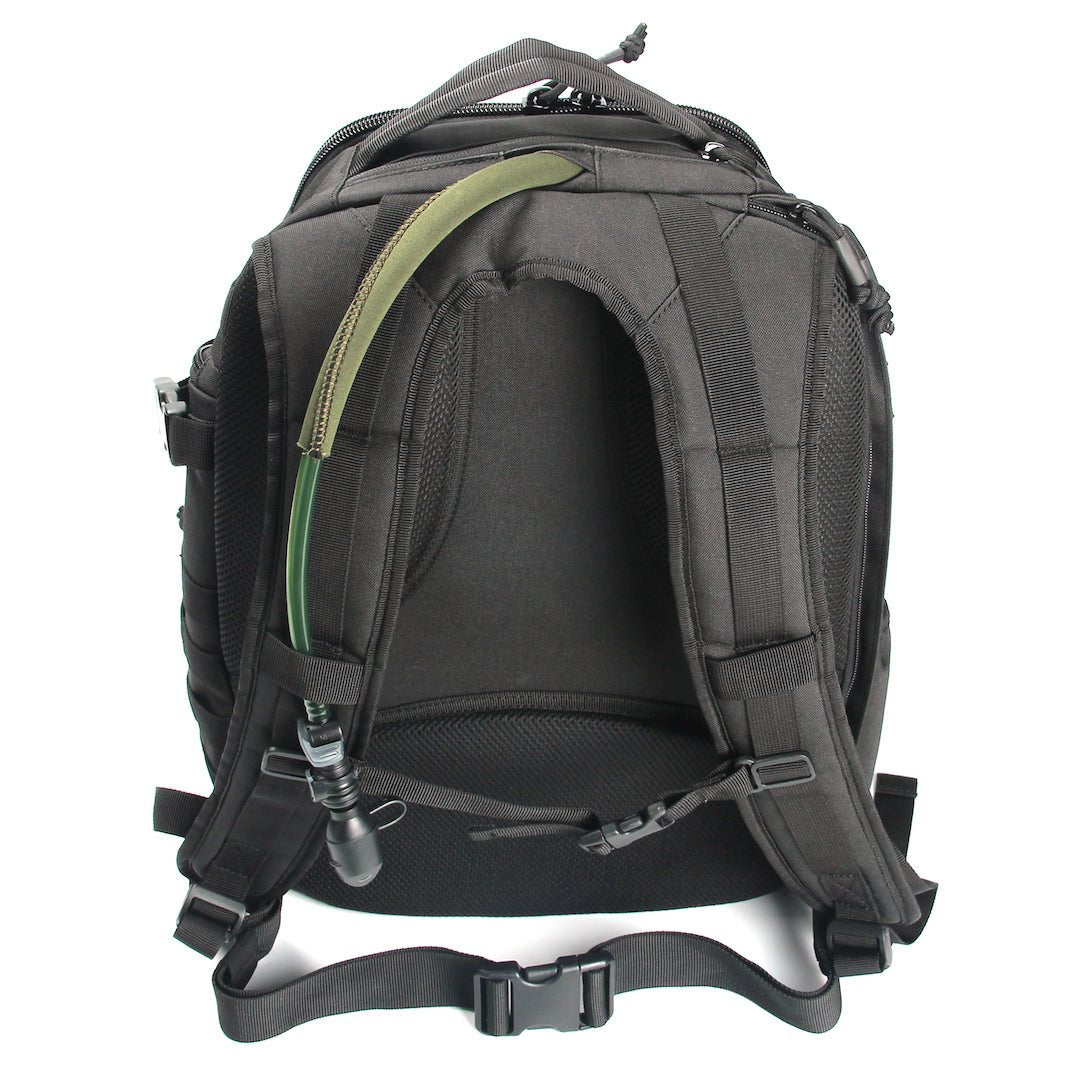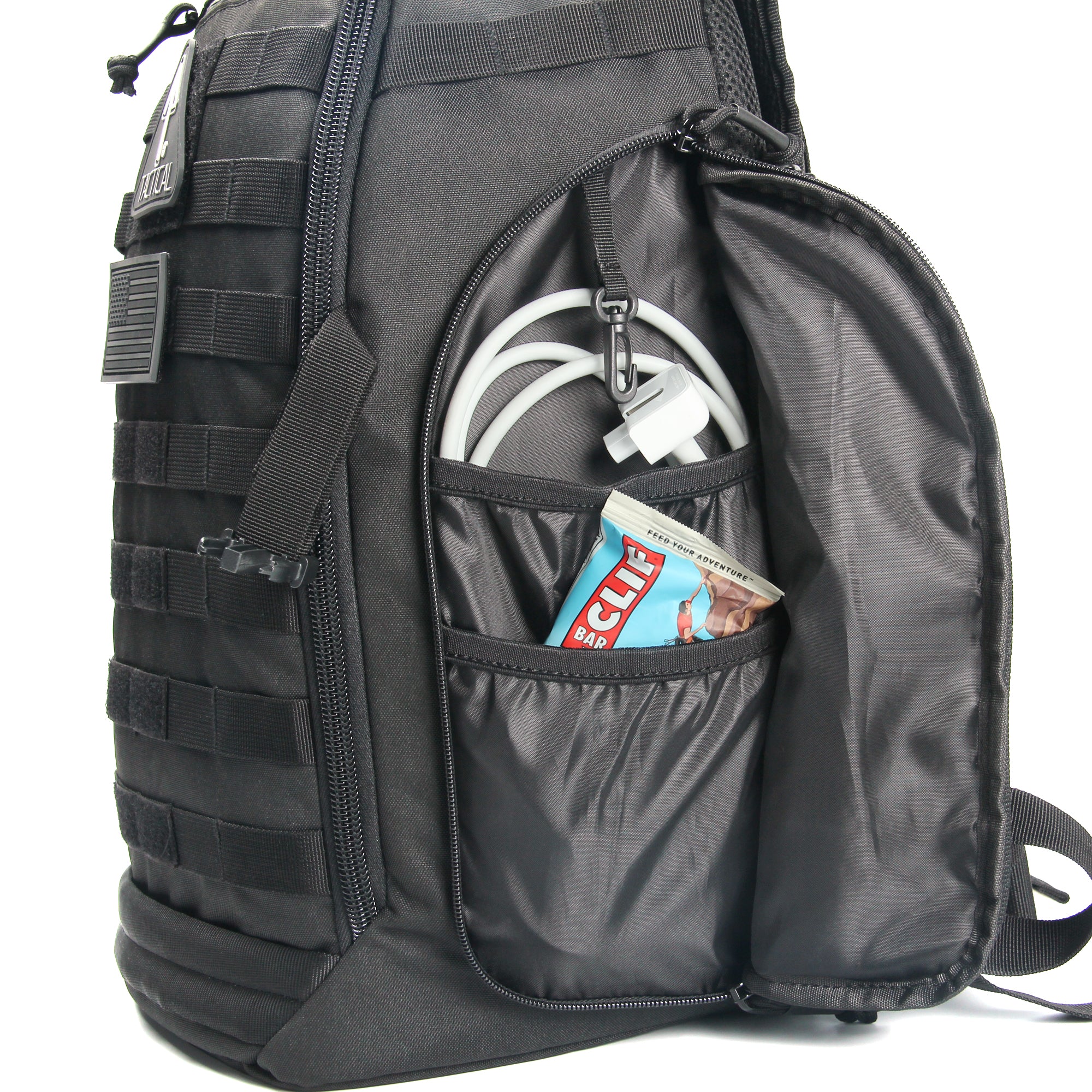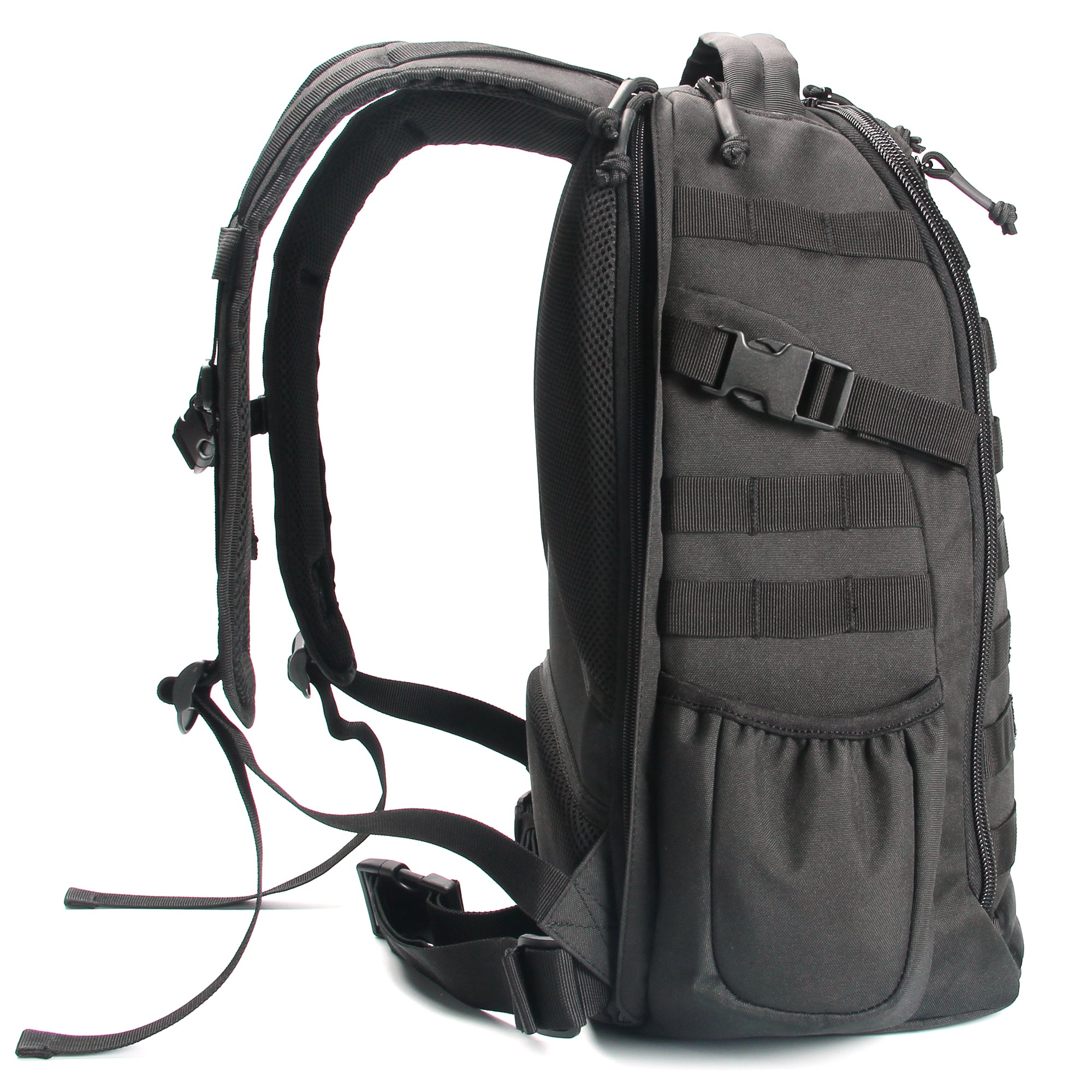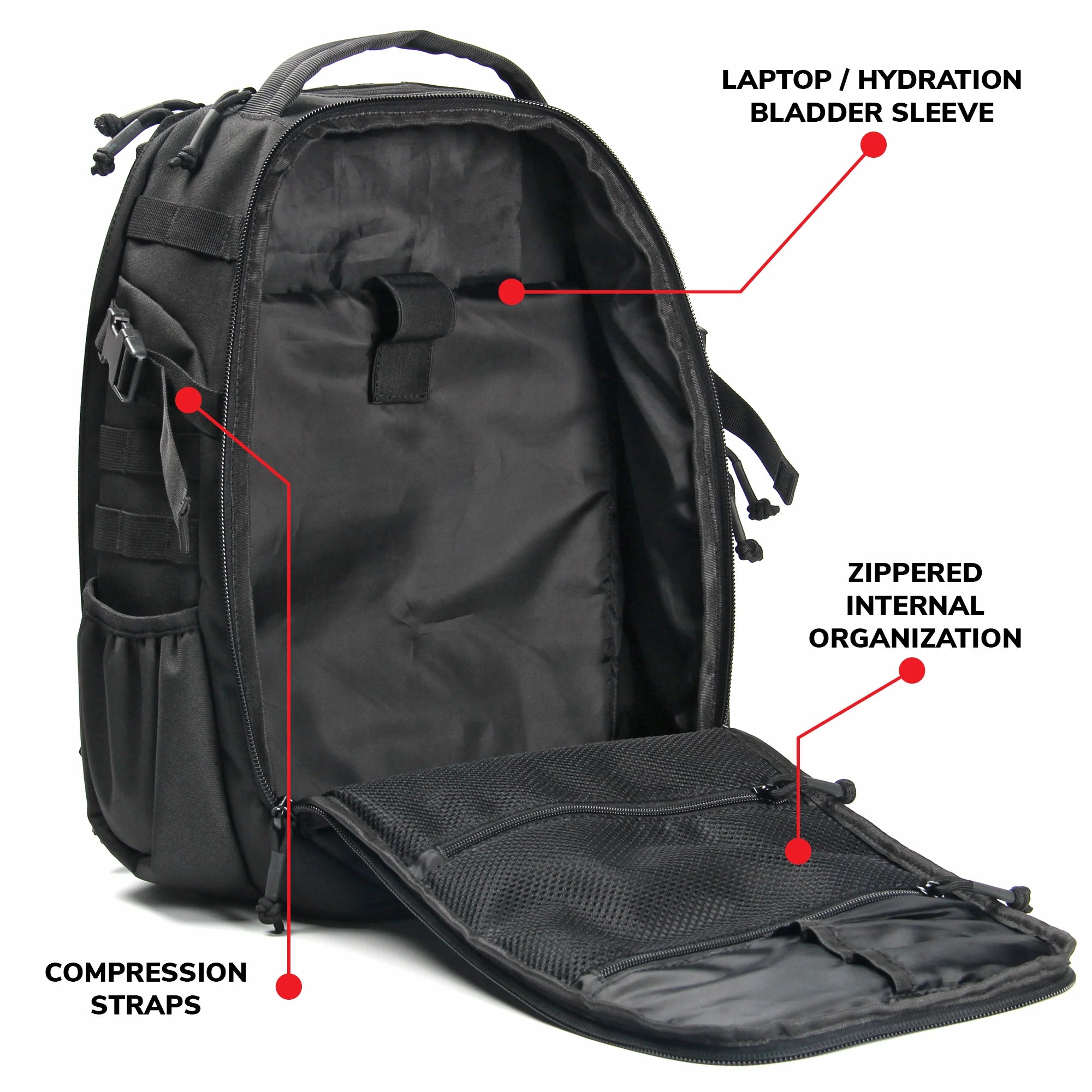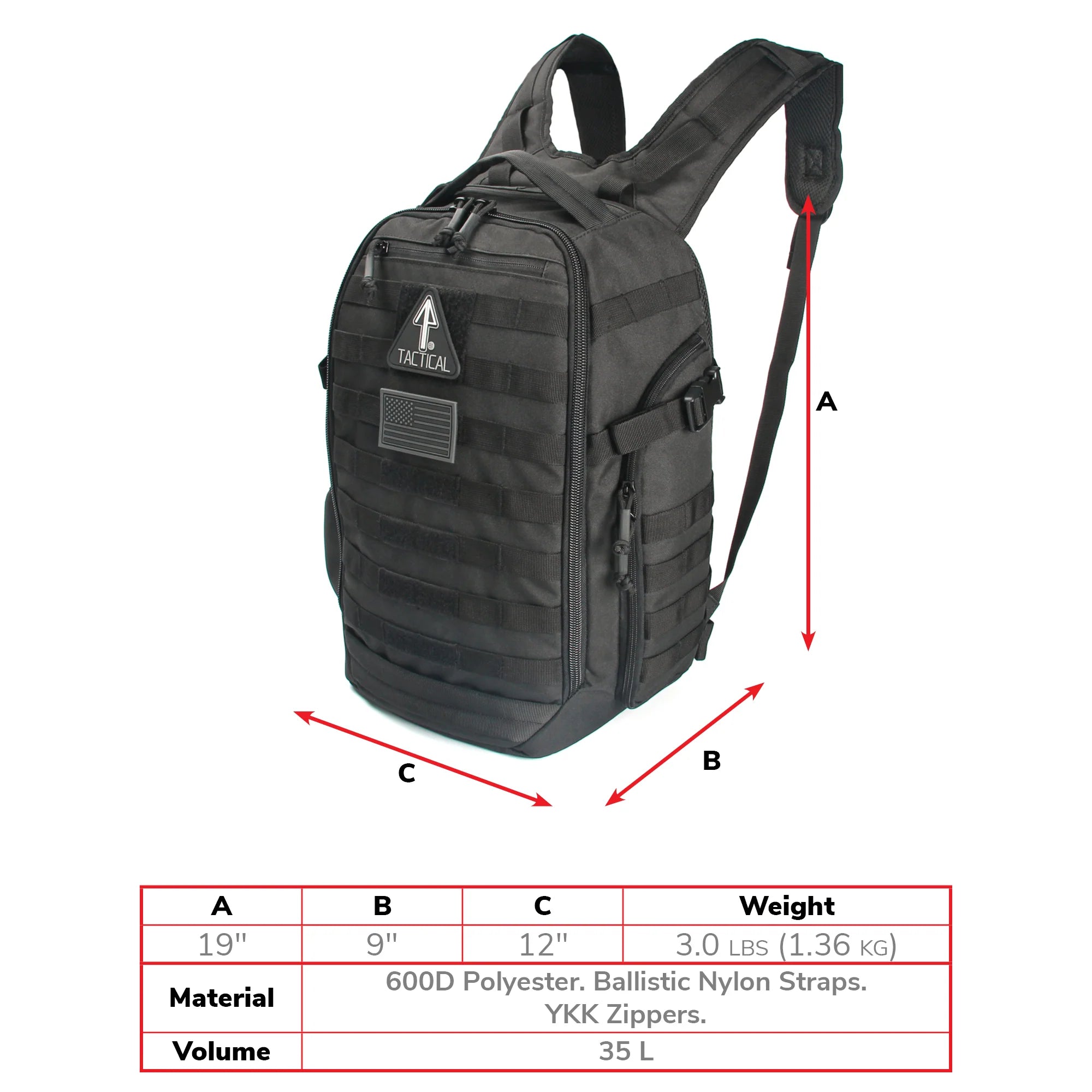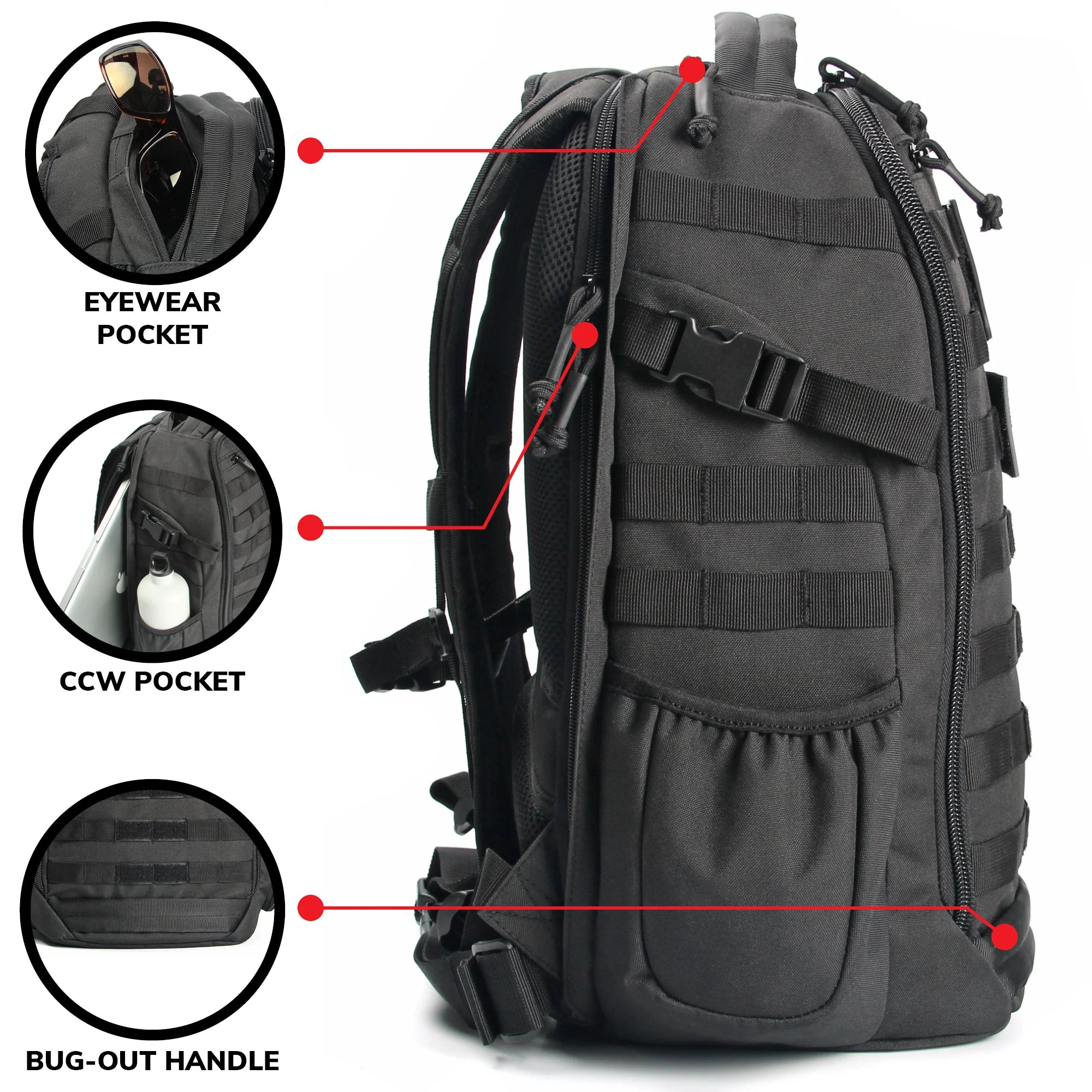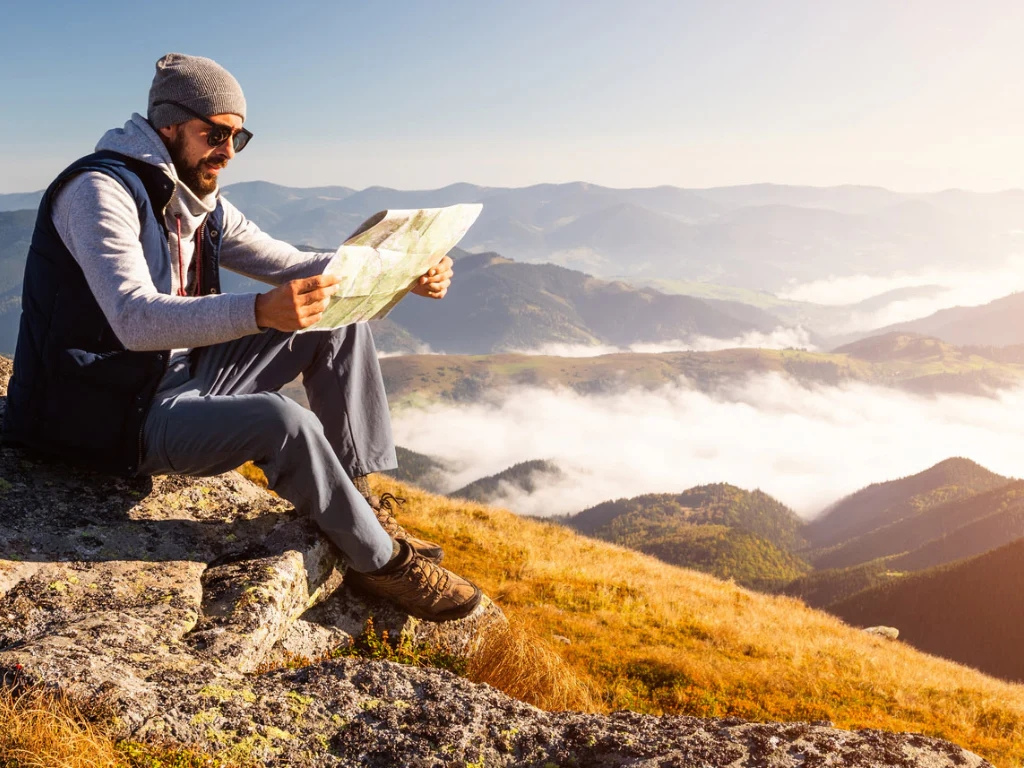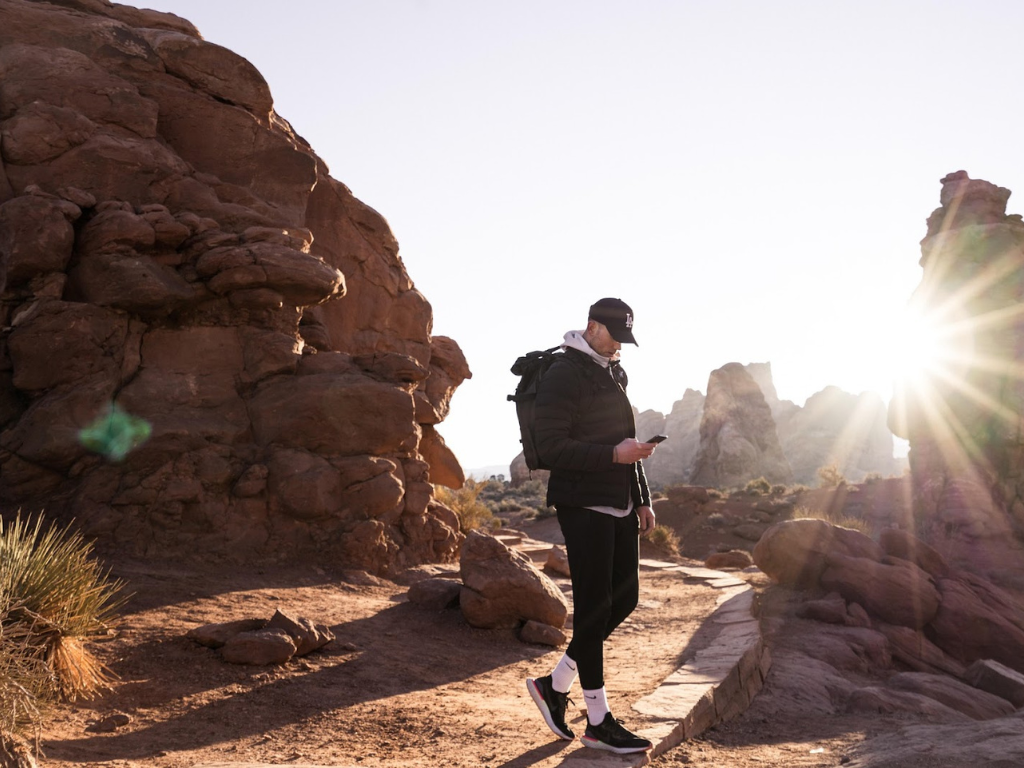
In an age where technology often guides our every step, the art of map reading and the effective use of GPS devices have become crucial yet underrated skills, especially for hikers and outdoor enthusiasts. Too many adventurers find themselves in precarious situations due to over-reliance on technology or a lack of fundamental navigation skills. This gap in knowledge can turn what should be an exhilarating experience in the wilderness into a risky ordeal.
Imagine setting out for a hike on a trail you've never explored before, equipped with a GPS device and a map as your guides. Halfway through, your device loses signal, and you're left staring at a paper map, unsure of how to proceed. It's scenarios like this where understanding the basics of map reading and GPS navigation becomes not just useful, but essential for safety.
Our guide aims to arm you with the necessary skills to confidently venture into the great outdoors. Whether you're a novice hiker or a seasoned trailblazer, mastering these skills will ensure that you can enjoy your adventures without relying solely on digital cues, making every trip safer and more fulfilling.
Understanding the Basics of Map Reading
Navigating the great outdoors requires more than just a good sense of direction; it requires a solid understanding of how to read maps, especially topographic ones. This guide will provide you with the essential knowledge you need to interpret these maps effectively, ensuring you can enjoy your hiking adventures safely and confidently.
What is a Topographic Map?
A topographic map represents three-dimensional landscapes on a two-dimensional surface. These maps are characterized by their detailed depiction of the Earth's surface, showing not only roads and boundaries but also elevations, terrains, and water bodies through the use of contour lines. Understanding how to read these maps is essential for planning routes, identifying natural landmarks, and navigating difficult terrain.
Decoding Topographic Maps: Contour Lines
The most distinctive feature of a topographic map is its contour lines. Each line represents an area of equal elevation, providing a clear picture of how flat or hilly a terrain might be. Here are some key pointers on reading contour lines:
- Close Contour Lines: Indicate steep slopes. The closer the lines, the steeper the terrain.
- Wide Apart Contour Lines: Suggest gentle slopes or flat areas.
- Closed Loops: Often indicate hilltops or depressions. If the loops have hachure marks (small ticks inside the loop), they represent depressions.

Scale and Symbols
Understanding the scale is crucial for using a topographic map effectively. The scale indicates the relationship between the map’s distances and the actual distances on the ground. For example, a scale of 1:25,000 means that one inch on the map equals 25,000 inches in reality.
Topographic maps also use a variety of symbols to represent different physical features:
- Blue: Typically used for water features like lakes, rivers, and swamps.
- Green: Indicates vegetation such as forests and orchards.
- Brown: Used for contour lines and elevation.
- Red or Black: Often used for man-made features such as roads, buildings, and boundaries.

Importance of Map Orientation
To effectively use a map, it must be oriented or aligned with the actual directions in the environment. This can be done using a compass or by aligning known landmarks with their representations on the map.
Practical Map Reading Tips
- Start Simple: If you’re new to map reading, start in familiar territory. Use the map to navigate an area you know well before relying on it in unknown regions.
- Use Landmarks: Identify and use landmarks to help orient the map and confirm your location and direction.
- Practice Often: Skills improve with practice, so use a map often to become more comfortable with these techniques.
Mastering the basics of map reading is a fundamental skill for any hiker or outdoor enthusiast. By understanding how to interpret topographic maps, you can ensure safer and more enjoyable adventures. Remember, the best way to become proficient is to practice regularly and start with simple, familiar terrain. As your confidence grows, so will your ability to tackle more challenging landscapes.
This deep dive into map reading covers just one aspect of navigating the great outdoors, but it lays a crucial foundation for all your hiking and exploration activities.



